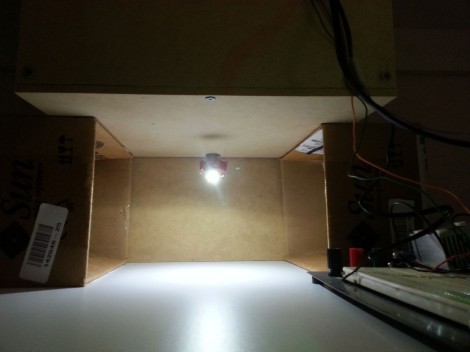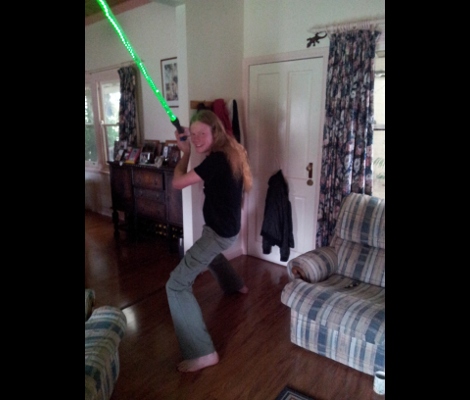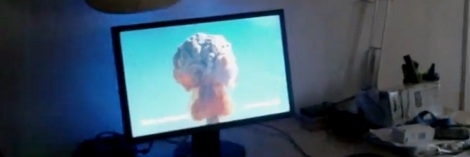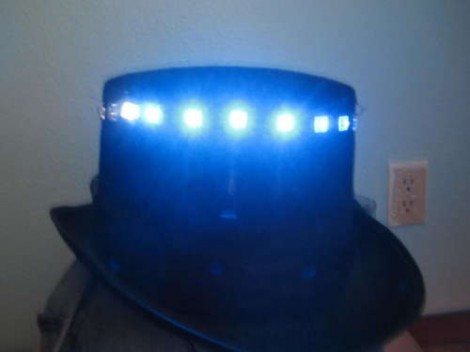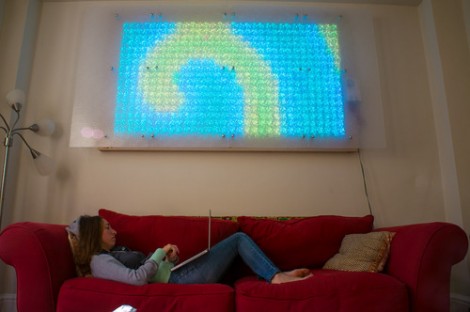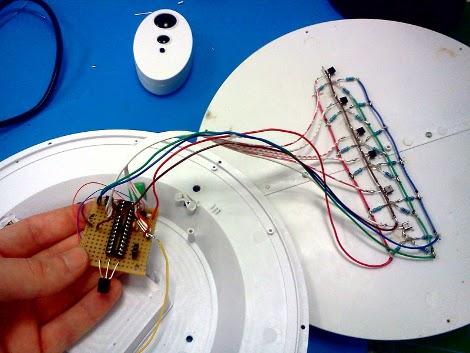
[Terry Miller] picked up a moon light on the cheap. All it does is light up some white LEDs to simulate moon phases after sensing nightfall via an LDR. He figured he could do better and set out to replace the electronics with a more colorful offering.
He chose to use an ATmega328 because he already had it on hand. The chip drives a series of RGB LEDs in a multiplex arrangement. To protect the I/O pins (and drive the LEDs at their target current) he is using a set of high and low side MOSFETs. Rather than rely on the light sensor to switch on the lamp he decided to add an IR receiver. In the video after the break you can see that this lets him cycle through colors and effects, in addition to switching the lamp on and off with a remote control.
With the enclosure put back together he is still able to reprogram the chip thanks to a serial header included in the design. The device is battery operated and the life estimates are included in his write-up.
Continue reading “Taking A Moon Light From Grayscale To Full Color”

